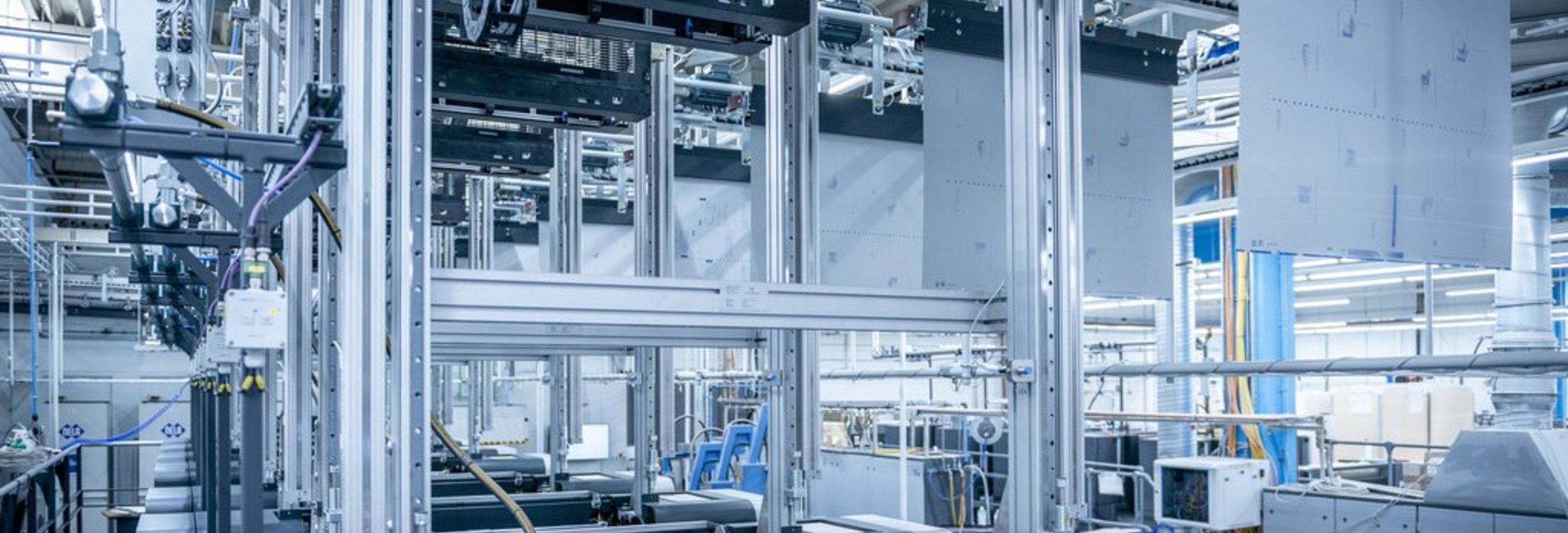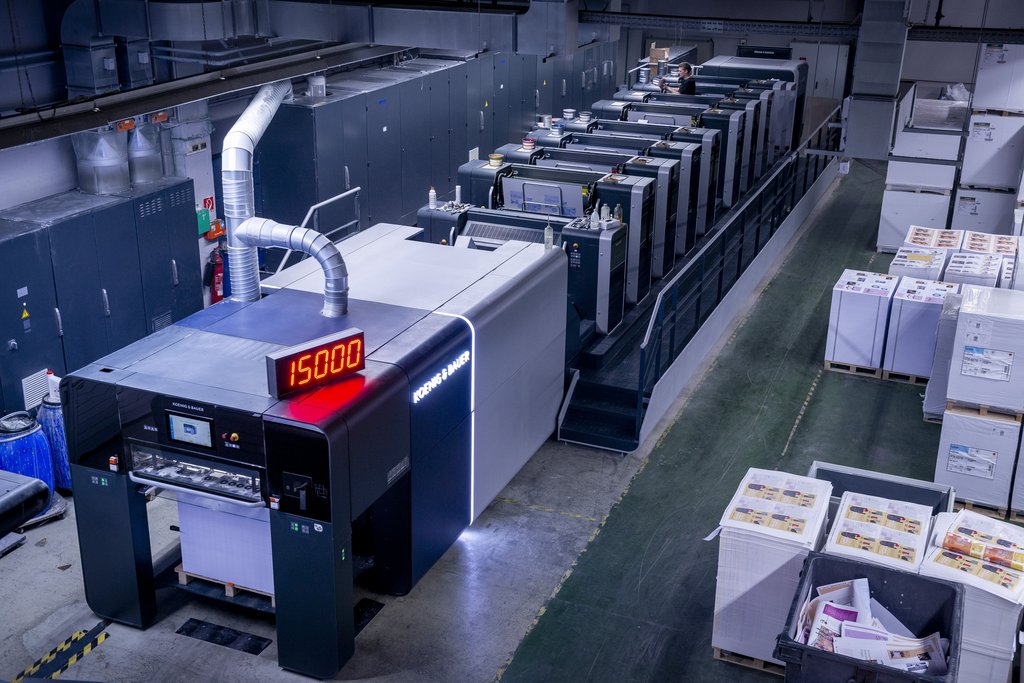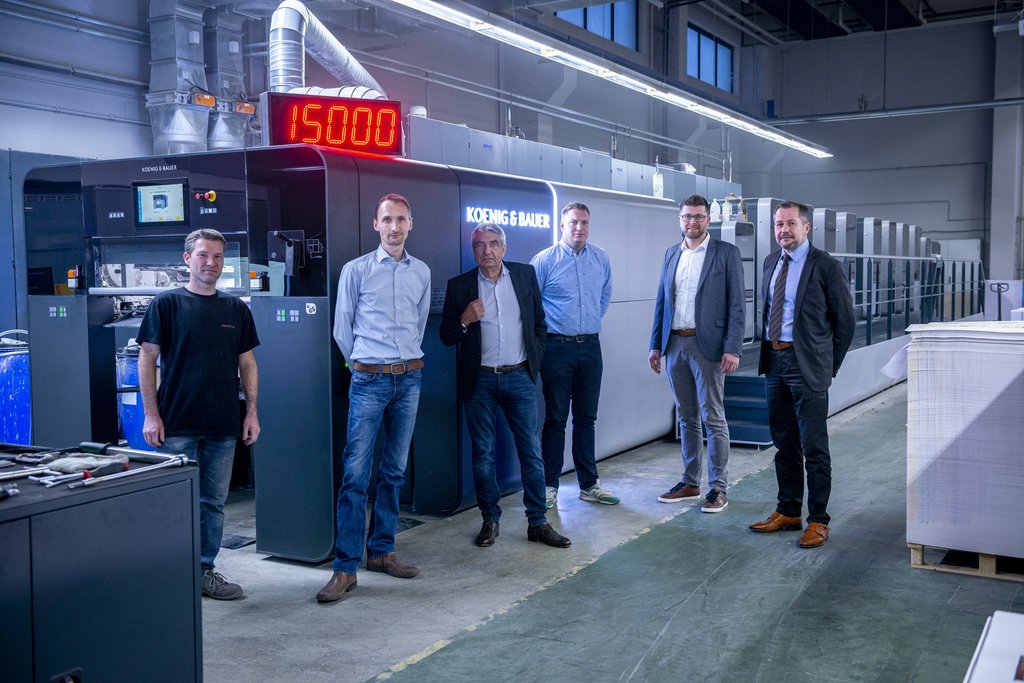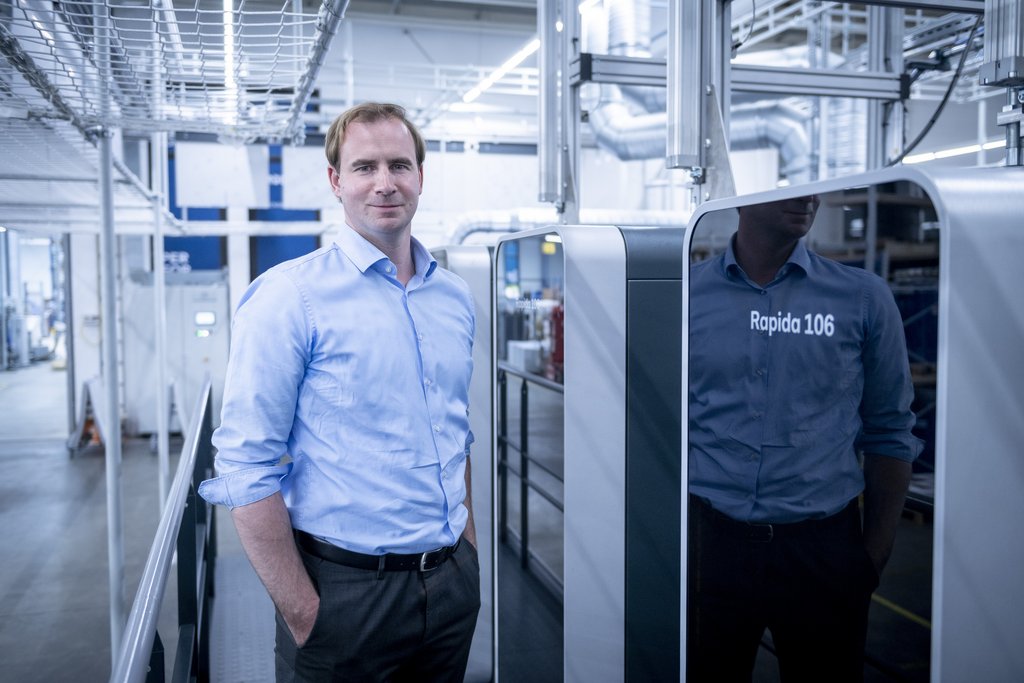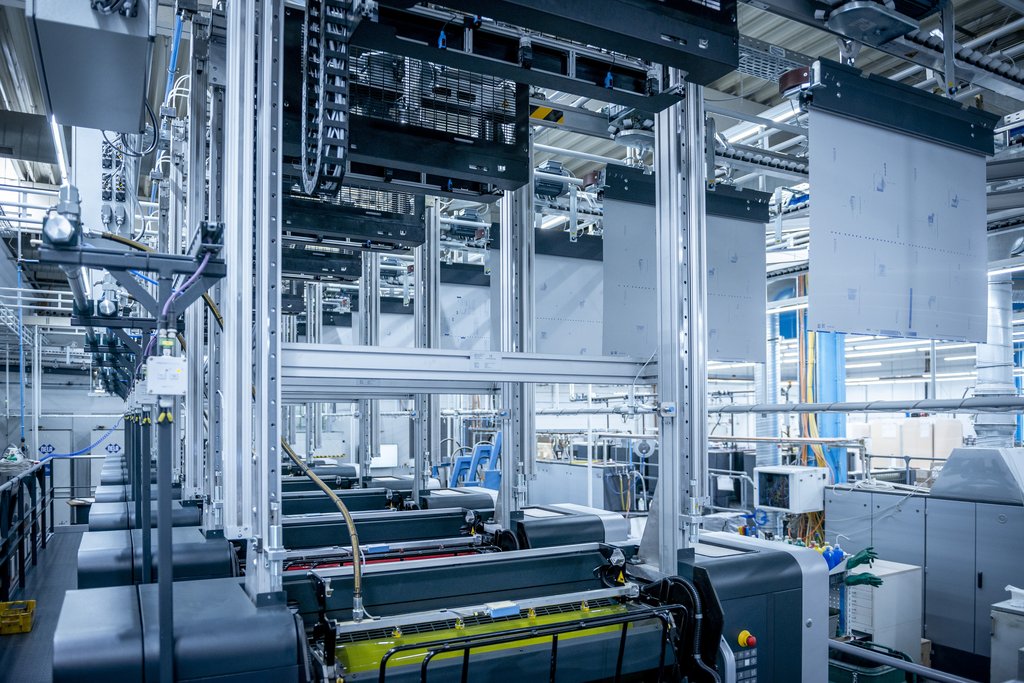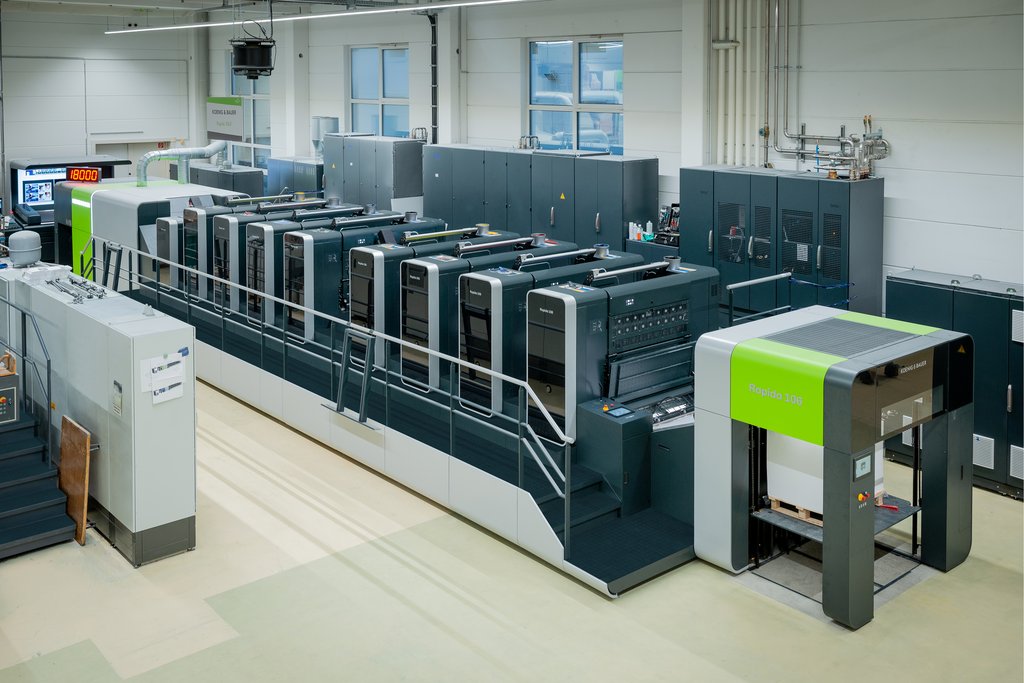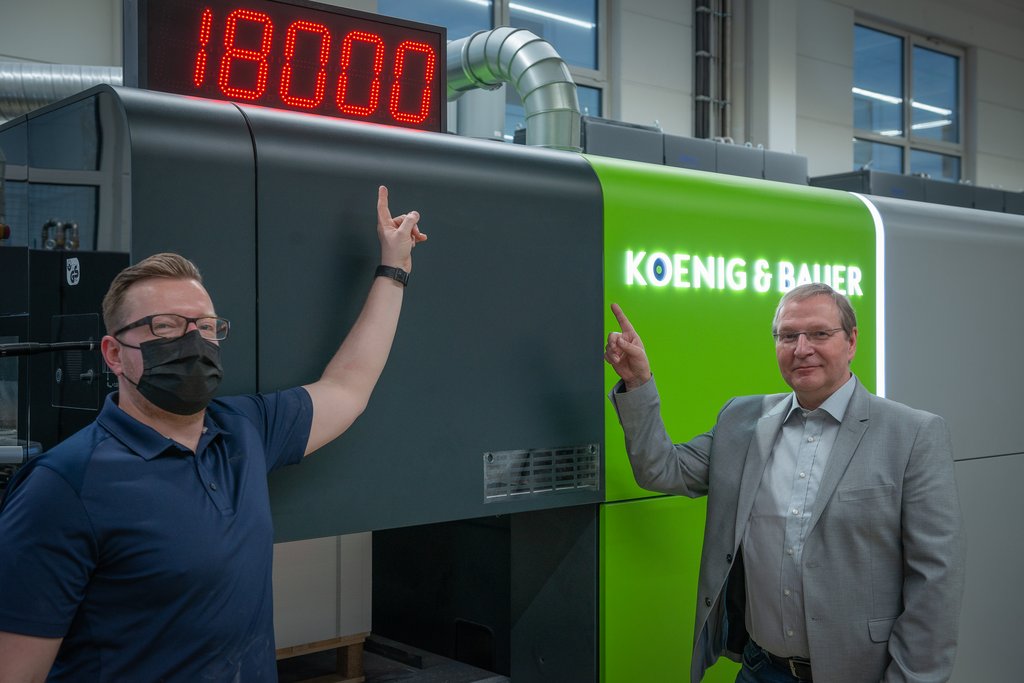Even so, there are quite a few print companies that are putting these times of crisis to good use by preparing themselves for challenges to come. They are conducting tests like there’s no tomorrow in the search for new print products, new finishing options, or interesting processing solutions that could help to grow their market share. They are investing in new equipment that will allow them to produce more efficiently, to win over potential customers with perfect quality, and to get themselves set up for the future. And there are still a number of commercial products that have boomed over the past months – for example books, which are now more likely to be printed at home rather than abroad, or advertising materials for distance selling.
All of which means that there are plenty of reasons why now is a good time to invest. And there is one technology platform which is establishing an ever-stronger foothold among German commercial printers: the Rapida 106 X – the new high-end printing system for medium formats.
Three commercial printers with completely different business models have installed the Rapida 106 X as pilot users. With great success, as the first results show.
Fully automated – plate logistics at Krüger Druck & Verlag
Krüger Druck+Verlag, a full-service print provider based in the small town of Merzig in Germany’s Saarland, operates an eight-colour Rapida 106 X for 4-over-4 perfecting with an additional inline coater. The press is integrated into a fully automatic plate logistics system. With operating speeds of up to 20,000 sheets per hour – which also extends to perfecting – the Rapida 106 X now represents the backbone of the company’s production facilities.
Markus Weisgerber, owner of the family-run business: “The comprehensive automation features enable us to significantly increase our productivity and efficiency.” Faster makeready, reduced start-up waste, high production speeds and a fully digital workflow from the MIS through to the control console of the Rapida 106 X optimise the individual process steps. Other benefits are provided by inline colour control and sheet inspection with QualiTronic PDF: “The inline comparison of each printed sheet with the customer PDF has allowed us to measure the actual print quality for the very first time, instead of just the colour values,” as Weisgerber reports.
Krüger Druck+Verlag prints a large range of different flyers, folders, magazines, books and many other commercial products with either wire stitching or adhesive bindings. The run lengths for many of these products are on the decline, while, in contrast, page counts are simultaneously increasing and the demand for multiple versions and variants is continuing to grow, thereby making fast makeready a decisive advantage. The simultaneous makeready processes, however, make the Rapida 106 X virtually unparalleled in this regard. The modular PlateTronic plate logistics system, which links the platesetter directly to the plate changers on the individual printing units by means of a plate magazine with a capacity for 256 plates, represents another invaluable contribution to production automation.

